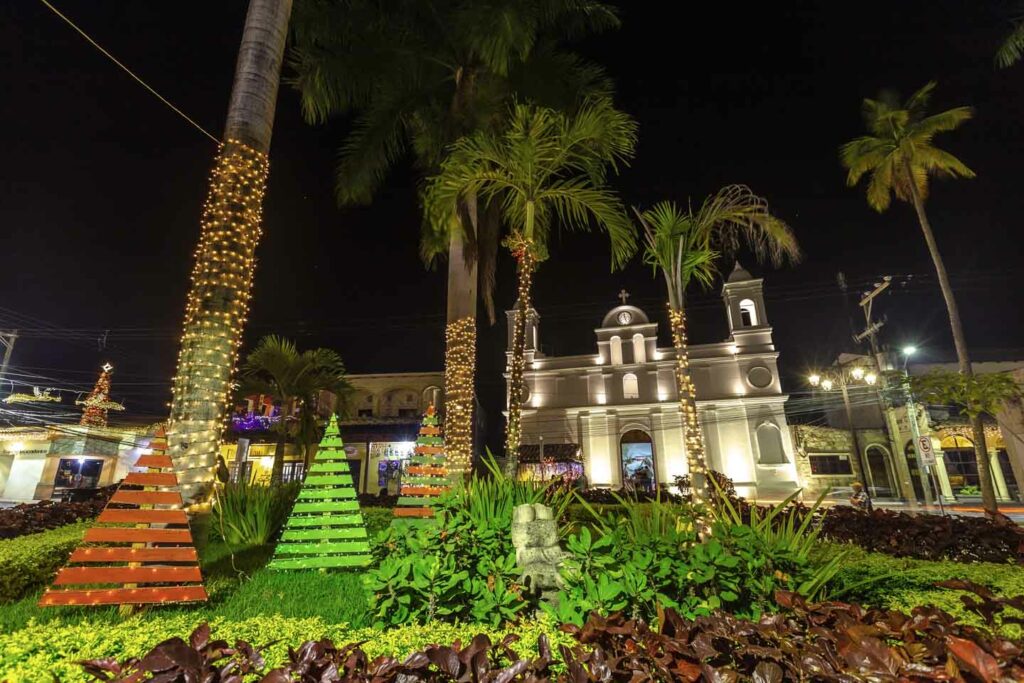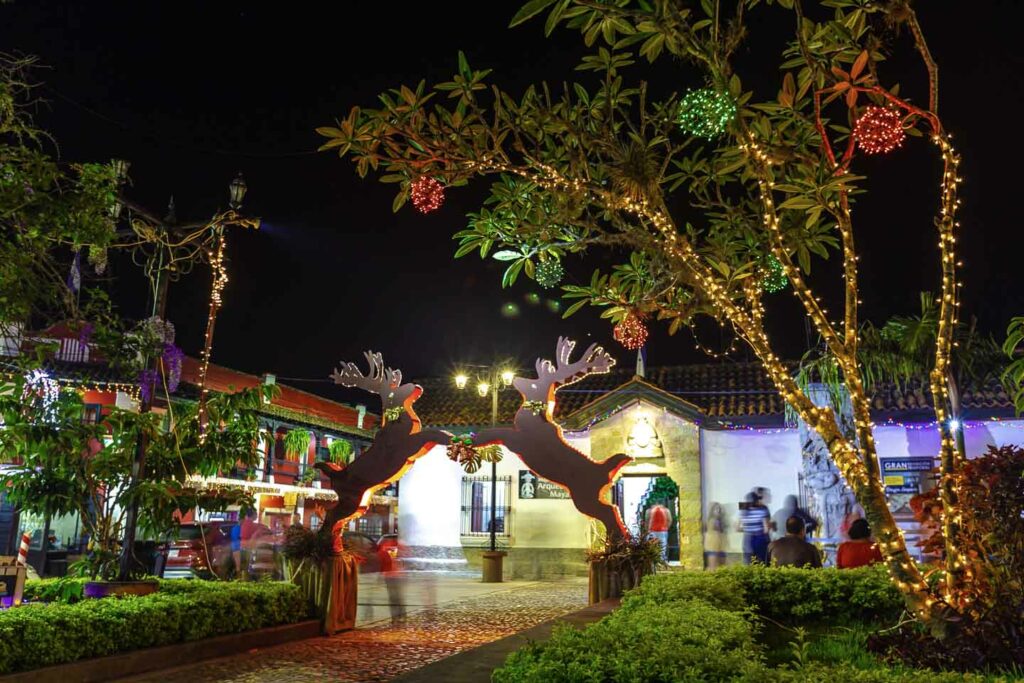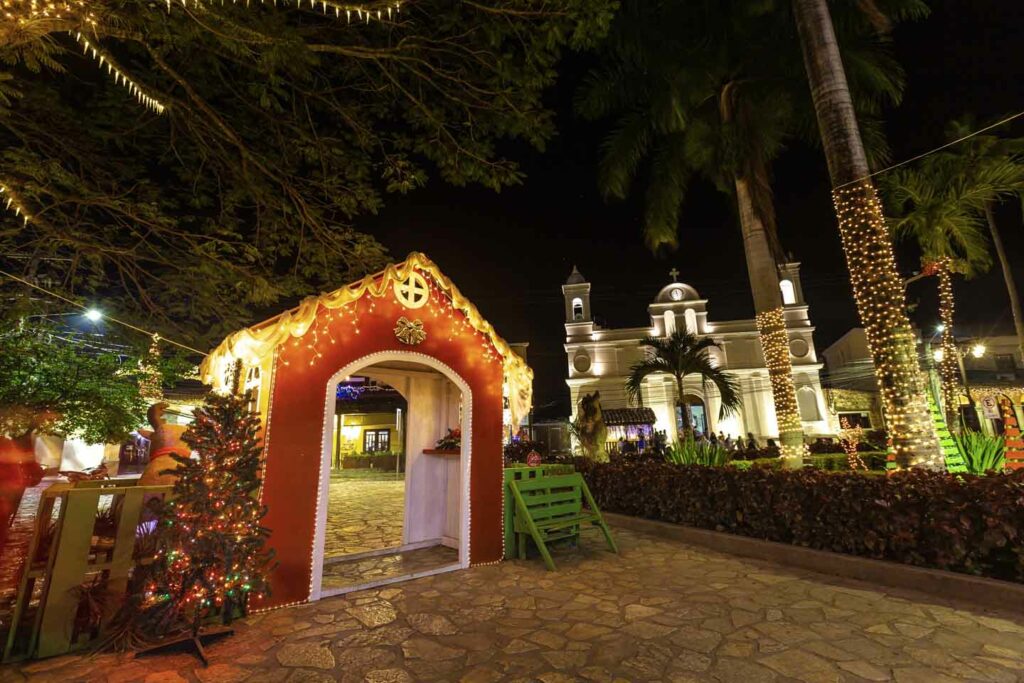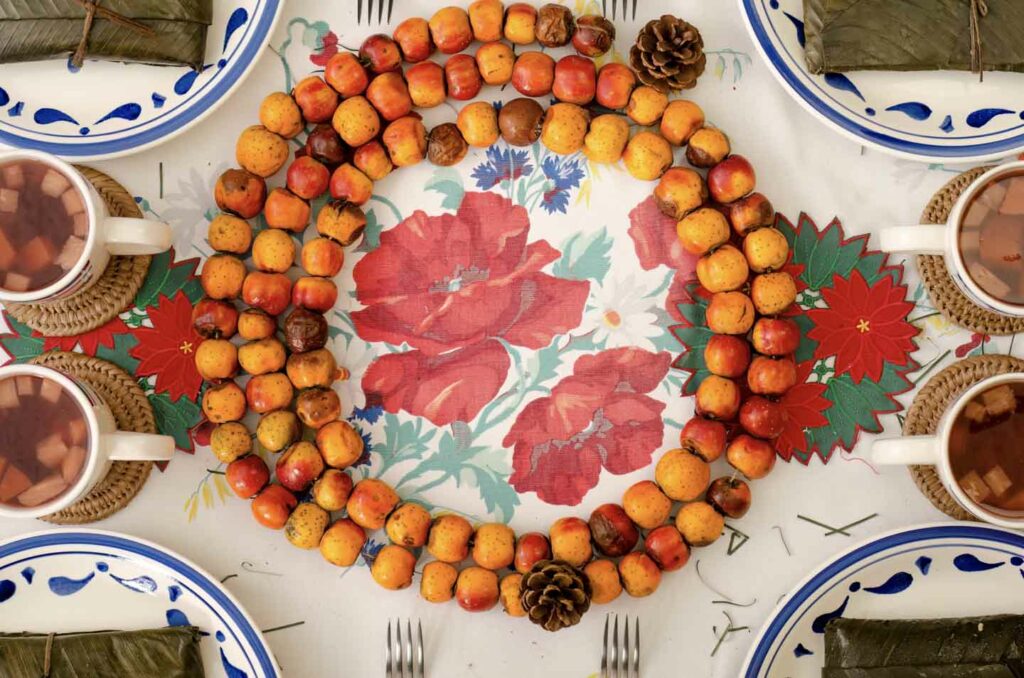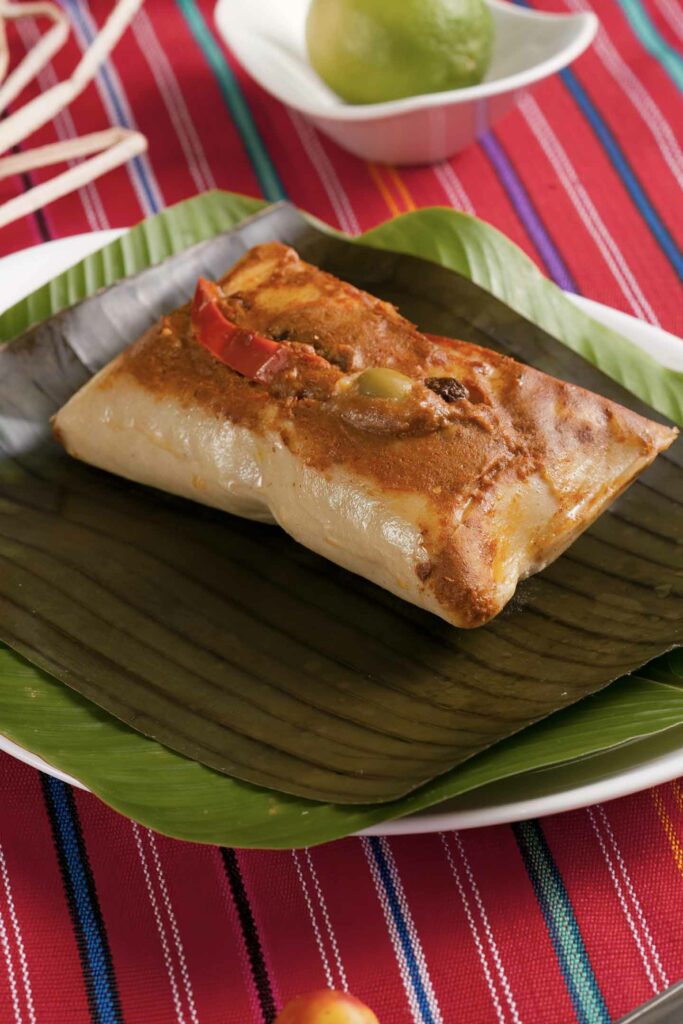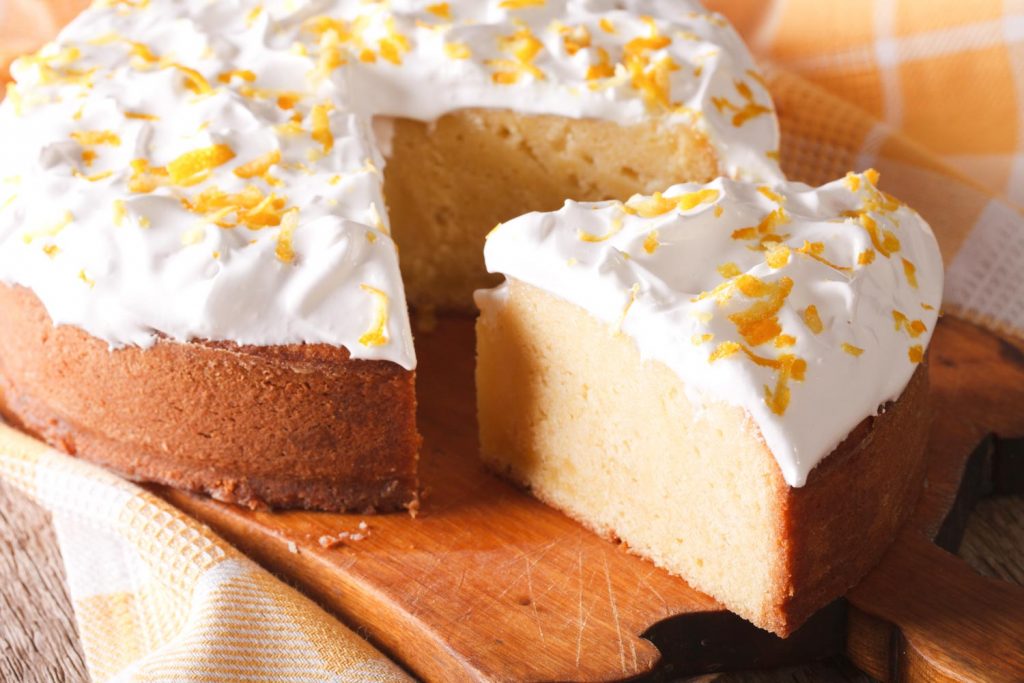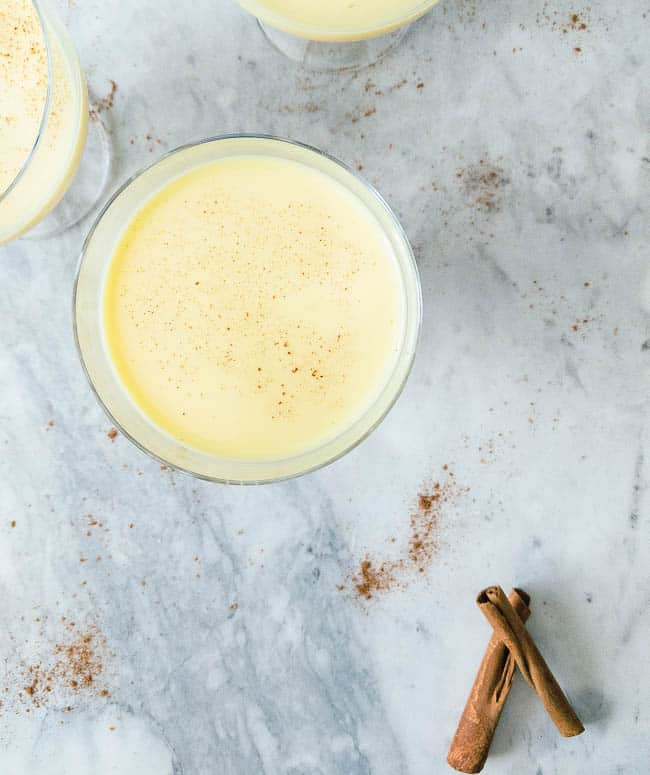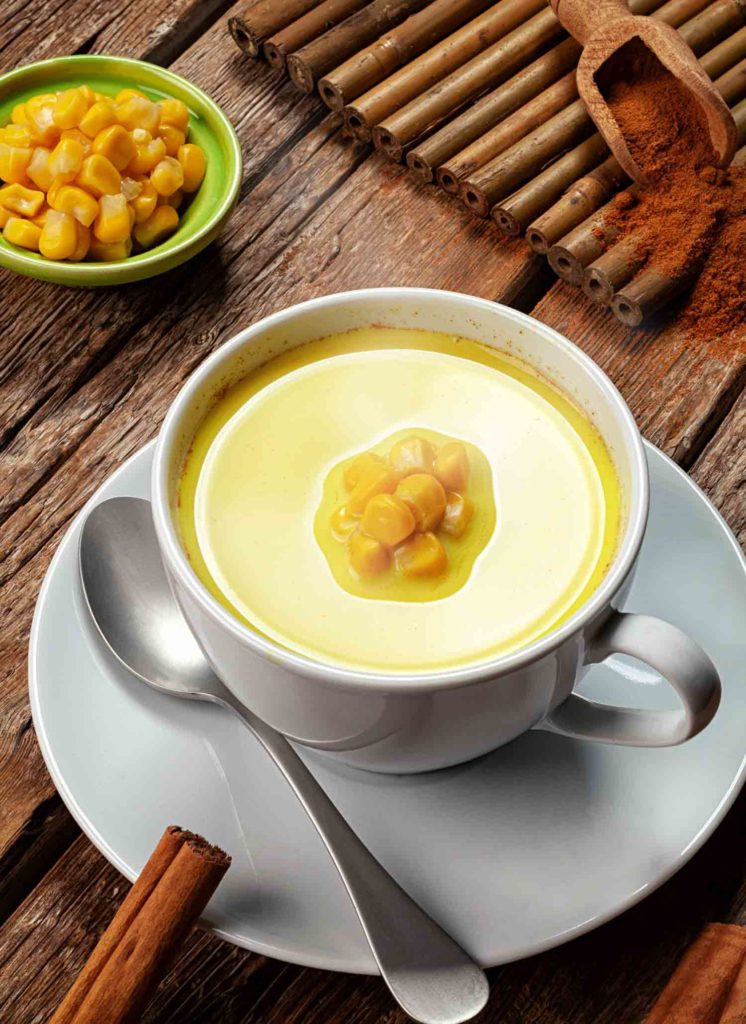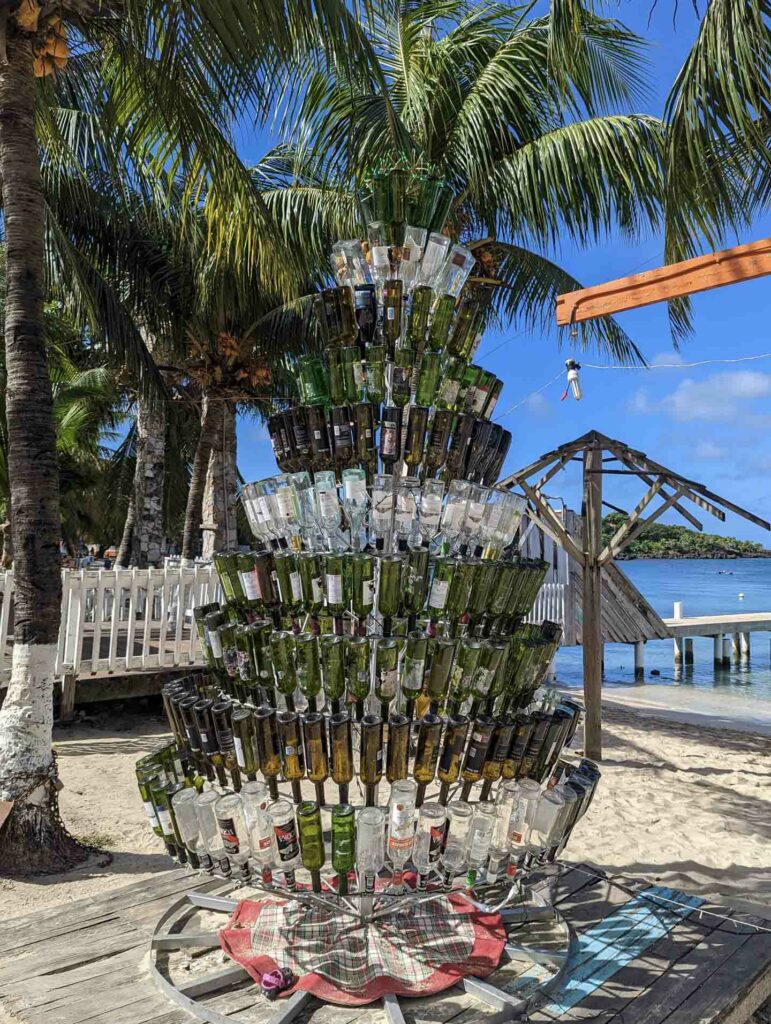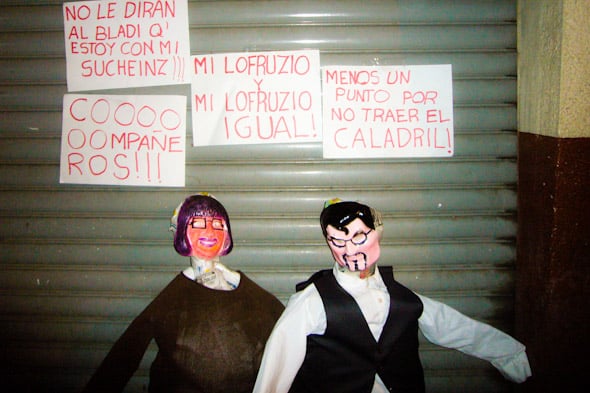Christmas in Honduras is one of the most important times with family recipes that have been around for generations.
Honduras offers one of Central America’s most authentic and heartwarming Christmas experiences. Here, deep Catholic faith combines with Indigenous traditions and strong family bonds to create beautiful celebrations.
The Honduran approach to Christmas is very traditional. It centers on community, faith and generosity. Families spend weeks preparing special foods together.
Neighbors open their doors to strangers during Las Posadas. Children create handmade gifts with love rather than expecting expensive presents.
Honduras’ Religious Background
Public holidays in Honduras focus on Christianity and the commemoration of important events in Honduran history.
The Spanish colonization brought Catholicism to Honduras in the early 16th century, and it quickly became the dominant religion.
Today, approximately 87% of Honduras’ population identifies as Christian, with the majority being Roman Catholic. This makes Honduras one of Latin America’s most Catholic countries.
But Honduran Catholicism has its own character. Indigenous influences survived and now blend with Spanish colonial traditions. Folk Catholicism incorporates local customs and beliefs that pre-date European invasion.
And the only celebration larger than Christmas is Holy Week ending with East Sunday. The week-long celebration includes processions and reenactments of biblical events.
.Is Christmas a Public Holiday in Honduras?
Yes, Christmas Day (December 25th) is an official public holiday throughout Honduras.
Government offices, banks and most businesses close for the day. Schools also close for extended winter break during this period.
However, the Christmas celebration in Honduras extends far beyond December 25th. The festivities begin with Las Posadas on December 16th and continue through Epiphany on January 6th.
Each celebration is very important to many families across this country. They are often celebrated with extended family members and friends.
Many Hondurans consider Christmas Eve (Noche Buena) more important than Christmas Day itself, similar to other Latin American countries. They wear estreno, or new clothes/shoes for the celebration.
Unique Christmas Traditions in Honduras
Honduras’ Christmas traditions blend Catholic faith, Spanish colonial heritage and Indigenous Central American customs to create celebrations that feel authentically Honduran.
Las Posadas
The first celebration is that of Las Posadas, a tradition practiced all over Central America. Las Posadas often gets underway nine days before Christmas – on December 16.
This nine-day celebration reenacts Mary and Joseph’s search for lodging in Bethlehem. Families and communities organize processions where participants go door to door asking for shelter.
The tradition involves two groups: the pilgrims (peregrinos) who carry images of Mary and Joseph, and the innkeepers (posaderos) who initially refuse them shelter.
Misa de Gallo
Midnight mass, or “Misa de Gallo,” is a pivotal event where families attend church services. It takes place at midnight on December 24th in churches throughout Honduras.
Mass includes traditional Honduran music and classic Christmas carols. Local choirs perform, and many churches feature nativity plays performed by children.
After midnight mass, families return home for the traditional Christmas Eve feast that extends well into Christmas morning.
Handmade Christmas Crafts
Homemade crafts are another important part of celebrating Christmas in Honduras. Children and adults alike make handmade decorations and gifts throughout December.
Families create nativity scenes using local materials. Shepherds wear traditional Honduran clothing. The stable might resemble local adobe houses. Local animals like parrots or iguanas sometimes join traditional nativity animals.
Children make paper flowers, paint pine cones and create ornaments from whatever materials they can find. This tradition emphasizes creativity and love over expensive store-bought items.
Many families also create advent calendars and Christmas cards by hand, turning December preparation into a month-long family craft project.
Aguinaldos
Groups of friends and family members go caroling through neighborhoods during December. These aguinaldo groups carry guitars, maracas and other instruments while singing traditional Christmas songs.
The tradition includes both religious carols and folk songs with Christmas themes. Some groups perform at nursing homes, hospitals and orphanages, spreading Christmas joy to those who might otherwise be alone.
Families often reward carolers with small treats, hot chocolate or traditional Christmas foods like torrejas.
.Christmas Food in Honduras
Honduran Christmas food represents the heart of holiday celebrations.
Families spend days preparing elaborate meals that showcase local ingredients and traditional cooking techniques.
Nacatamales
Ask any Honduran, Christmas is not Christmas without nacatamales.
A nacatamal is similar to a regular tamale, but is chalk full of mouth watering ingredients. Imagine this: meat, peppers, onions, potatoes, olives and chiles stuffed in corn masa and steamed in a banana leaf.
These are different from Mexican tamales and even Nicaraguan nacatamales, which are often more bitter and do not have achiote included in the masa.
Nacatamales are special occasion food and are most often served as a Sunday morning meal or at weddings and other large celebrations.
The preparation is a family affair. Honduran family members spend Christmas Eve (also known as Noche Buena) preparing and cooking these elaborate tamales together.
Women typically handle the masa (corn dough) preparation while men prepare the meat fillings. Children help by cleaning banana leaves, chopping vegetables or assembling the finished tamales.
Each family has secret ingredients and techniques passed down through generations. Some add hard-boiled eggs, others include chickpeas or green beans.
.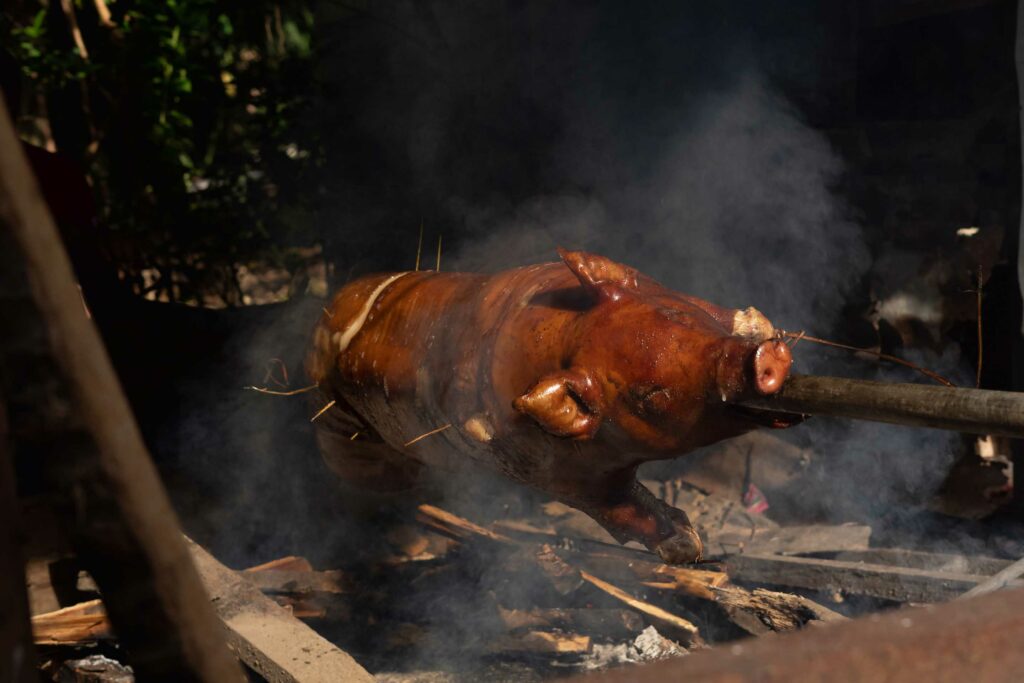
Christmas Main Courses
People with more resources may splurge with non-traditional options for Christmas but many families prefer to eat traditionally.
Roasted Pork | Cerdo Asado
Whole roasted pig or large pork roasts. The meat is marinated with local spices including achiote, garlic, cumin and citrus juices.
Traditional preparation involves slow-roasting over wood fires, giving the meat a distinctive smoky flavor that electric ovens can’t replicate.
Turkey and Chicken
Turkey is a more upscale Christmas option, while chicken is more common for most families. Both get special Christmas preparation with enhanced marinades and stuffings.
Pulpa
This traditional dish stuffs pork with potatoes, vegetables and sometimes rice. The combination is a complete meal within the meat itself.
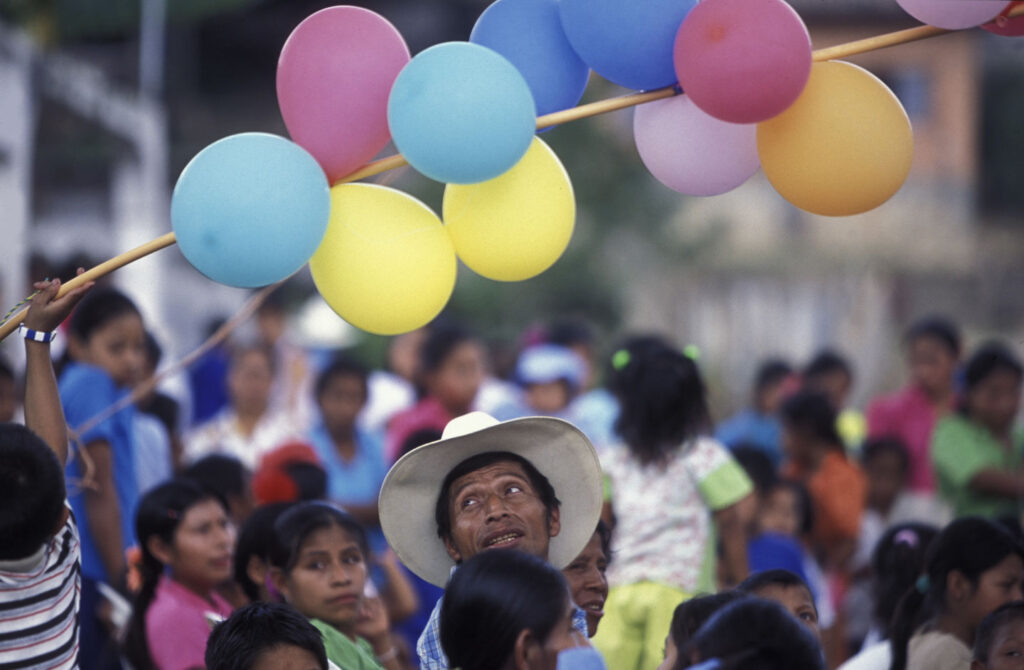
Traditional Christmas Side Dishes
Typical Christmas starters include a variety of snacks, such as plantain chips or nachos with different dips, mini empanadas or mini catrachas (corn tostada with beans), fried tacos or sandwiches in small triangles.
Arroz con Pollo Especial
Christmas rice includes extra ingredients like raisins, almonds, peas and bell peppers. Some families add saffron or achiote for color and flavor.
Fruit in Honduras
Ensalada de Repollo
Cabbage salad with carrots, onions and a tangy dressing appears on most Christmas tables. It provides fresh contrast to rich meat dishes.
Frijoles Especiales
Even beans get special Christmas treatment with additional seasonings, sometimes coconut milk and extra vegetables.
.Christmas Desserts
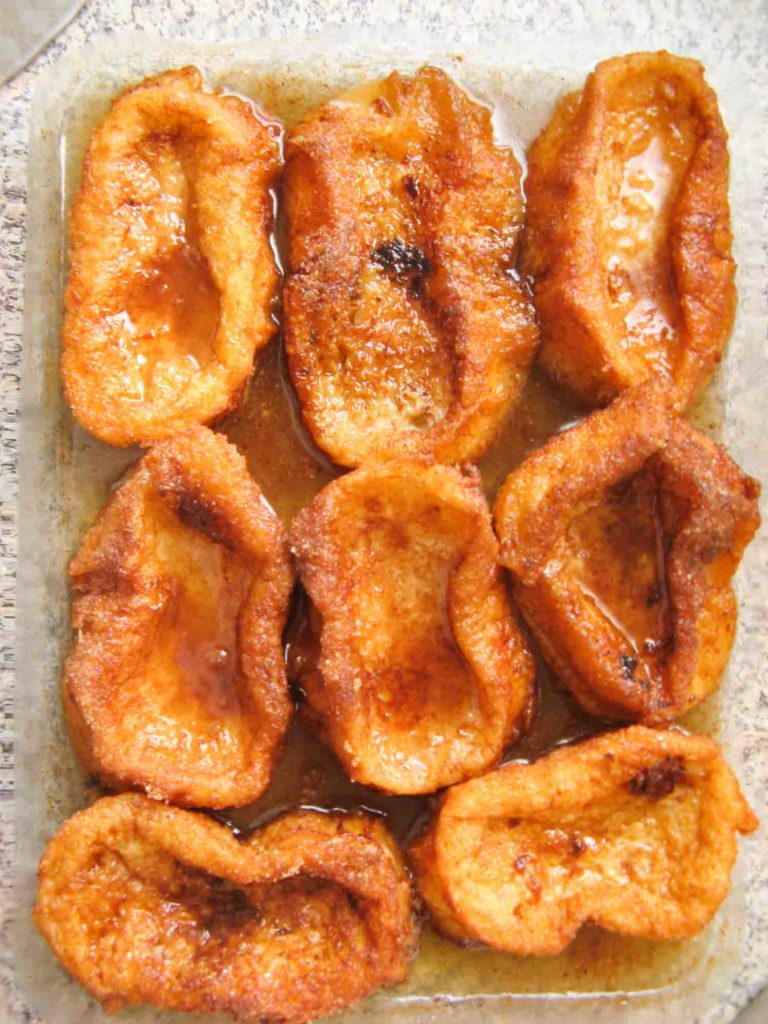
Torrejas
Torrejas, or torrijas were invented during Holy Week and are still associated with Lent.
They are traditionally served at the end of Christmas Eve, on Christmas day, or any other late December night.
These are similar to French toast but made with special bread soaked in milk, eggs and spices, then fried and topped with honey or syrup. Some versions include cinnamon, vanilla or rum.
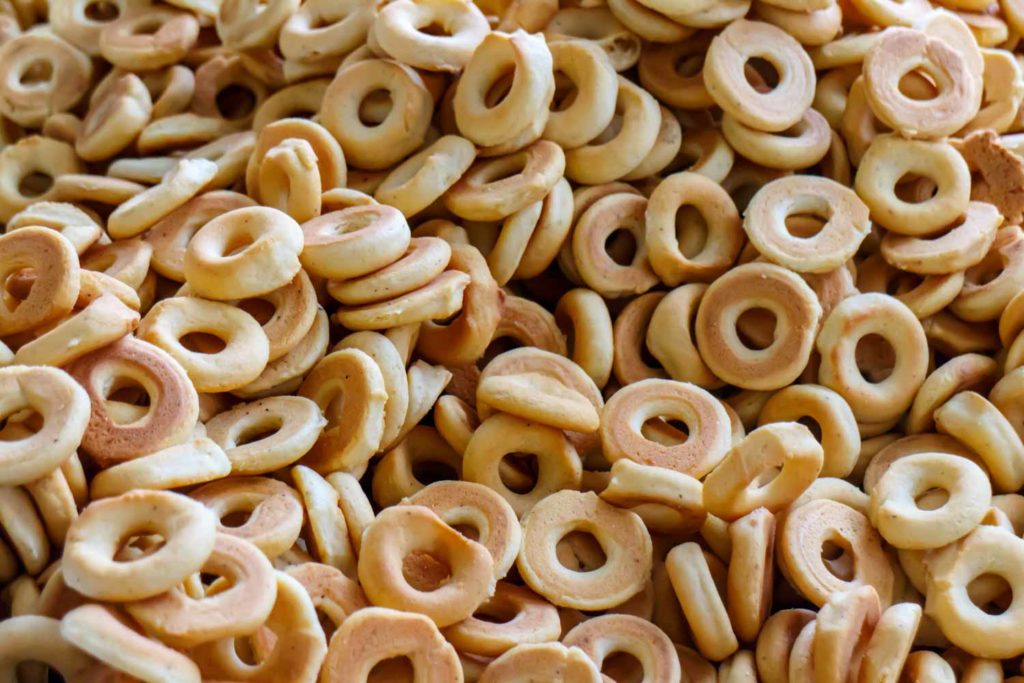
Rosquillas
These ring-shaped cookies appear during Christmas season. Made with corn flour and cheese, they have a unique texture and mildly sweet flavor.
They are also a common Honduran breakfast all year round.
Tres Leches Cake
While not exclusively Honduran, tres leches cake becomes a popular Christmas dessert. The three-milk cake gets special Christmas decoration with red and green frosting.
.Christmas Drinks
Rompopo
Rompopo is basically Honduras’ version of eggnog.
It’s richer, creamier, and usually spiked with rum or aguardiente. It’s made with egg yolks, milk, sugar, cinnamon, and sometimes a touch of vanilla or nutmeg.
People often bring it out for Christmas, weddings, or other big celebrations, and it’s considered a festive, indulgent drink.
It’s also called crema de vie in Cuba.
Atole de Elote
This warm corn-based drink provides comfort during cooler December evenings. Made with fresh corn, milk, cinnamon and sugar.

Chicha
Fermented corn beverage that’s mildly alcoholic. Traditional recipes varies by region, with some versions including fruit or additional spices.
.Other Honduran Celebrations During Christmas Season
Dia de los Santos Inocentes (December 28th)
Similar to April Fool’s Day, this day involves pranks and jokes. Families play harmless tricks on each other and share laughter.
Epiphany (January 6th)
Three Kings Day brings the final Christmas celebration. Children receive gifts from the Wise Men, and families share special meals.
New Year’s Eve (December 3st)
Honduras has unique New Year’s traditions that extend the Christmas season.
For many people in Honduras the new year officially starts with the striking of the bells on the clock at Comayagua Cathedral. The clock dates back to the 12th century and is the oldest clock in the Americas.
Similar to New Year’s Eve in Ecuador, a popular custom in Honduras is the tradition of eating 12 grapes as the clock strikes midnight.
Each grape represents a wish or goal for the coming year, aligning with the midnight toast as families gather to celebrate the moment together.
Hondurans also burn effigies representing the old year or unpopular politicians. Often they are made to look like people don’t like, often politicians. This symbolic burning represents leaving behind negative things and starting fresh.
Images (c) Cory Doctorow (Christmas Tree)
